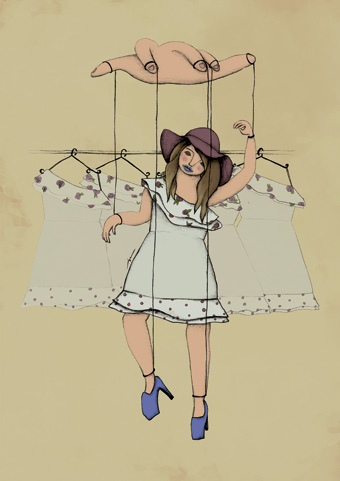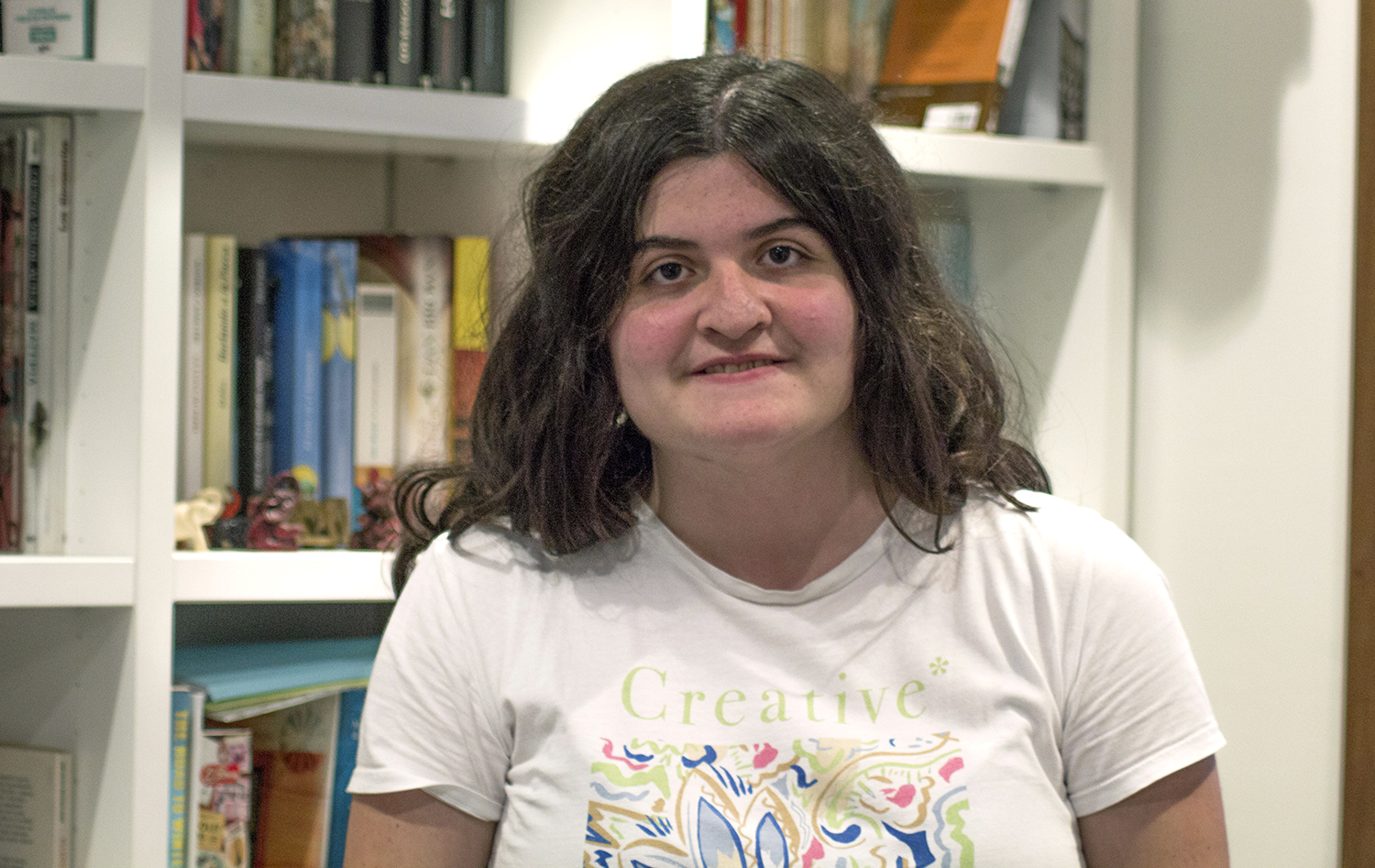"An elite controls the likes of fashion"
- Costumes and clothing show a lot of things for themselves. But how are we all when we dress the same? To the question, Irati Salsamendi Lozano answered that the Donostiarra is studying Confection and Patronage, and that the Basque chef has decided to teach him. He referred to fashion, manipulation and interests, among other things.

“A whole system makes fashions and tastes,” says Salsamendi: “The symbolic aspect of fashion, trends, aesthetic charges and consumption are powerful instruments of patriarchy and capitalism, derived from interests. The sum of the components creates the perfect tool to maintain the order of the hegemonic system”.
She is currently studying Clothing and Patronage in Barcelona. In his words, the unconscious student will work the traditional views and models and commercialize them below: “If a student does not break the rules and questions them on his own, he will repeat the sexist and capitalist values of the fashion sector.” It ensures that the textile and fashion industry can even manipulate consumer tastes. Thus, following some trends and consuming in the same places leads us to have the same tastes: “The fashion tastes that the market imposes and decides govern in society are controlled by an elite.”
Clothing for certain bodies
In addition to styles, what and who makes dressing and dressing interesting? For example, Salsamendi told us that the fashion and textile market is mainly focused on women: “Not because we have more need, but because we have been led to believe that it is our own interest.” It takes a step towards diverting women's interests and keeping them under control.
Women have suffered the aesthetic pressure since childhood. Advertising campaigns broadcast that we are born to be desirable and that we depend on beauty chants. Unwritten rules determine who is desirable and accepted and who is not. The Donostiarra affirms that this message is also spread through clothing. “There are companies that make oversized clothing, but don’t worry, in advertising they’ll make it clear that it’s clothing for people who stay out of the rules.”
On the other hand, although in the textile industry the producers are mainly women, they work in a precarious situation: “Public recognition posts are masculinized and the invisible and precarious are feminized.”
Aware of this, Salsamendi is keen to open new avenues in the textile sector. “We are neatly prepared to produce what we want.” It has taken the traditional textile model out of our head, the companies and it has pointed out to us that there are alternatives such as staging. “I’ve been working in a theater company, wearing dresses for a puppet play and I found it a very interesting field, both from a creative and a political point of view,” he says.
>>> To learn more about the topic, you can read the report published in the number 2560 of ARGIA: Sustainable fashion. Cut tags, sew tags.
Orain arte desgaituak ez diren pertsonekin lehiatu da Uharteko Ipar Eski Taldeko Eneko Leyun eskiatzailea (Iruñea, 1998). 2024-2025 denboraldian, lehenengo aldiz parte hartu du Adimen Urritasuna duten Pertsonentzako Iraupeneko Eskiko Espainiako Txapelketan. Urrezko... [+]
Pertsona lodiek lodiak izateagatik bizi izan duten eta bizi duten indarkeriaren inguruan teorizatzeko espazio bat sortzea du helburu ‘Nadie hablará de nosotras’ podcastak. Cristina de Tena (Madril, 1990) eta Lara Gil (Fuenlabrada, Espainia, 1988) aktibista... [+]
Gazteagotan baino lotsa handiagoa dauka, baina horrek ez dio saltsa askotan ibiltzeko gogoa kentzen Leire Zabalza Santestebani (Iruñea, 1990). Beste gauza askoren artean, Motxila 21 musika taldeko kidea da. Nabarmendu du musika gauza asko aldarrikatzeko bide izan... [+]
Miopia gero eta gehiago eta gero eta lehenago ari da garatzen, eta horren arriskua da dioptriak gehitzen joatea eta helduaroan begiari lotutako hainbat gaitz izateko aukerak dezente handitzea. “Eguzki-argia jasotzea inportantea da, eta denbora asko ez igarotzea oso gertu... [+]
Istorioetan murgildu eta munduak eraikitzea gustuko du Iosune de Goñi García argazkilari, idazle eta itzultzaileak (Burlata, Nafarroa, 1993). Zaurietatik, gorputzetik eta minetik sortzen du askotan. Desgaitua eta gaixo kronikoa da, eta artea erabiltzen du... [+]
This wedge that the announcement on the radio Euskadi to replace the bathtub with a shower encourages the commencement of the works in the bathroom of the house. A simple work, a small investiture and a great change are announced. There has been a shift in toilet trends and a... [+]



















